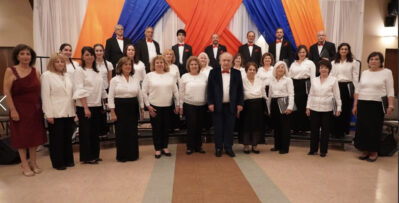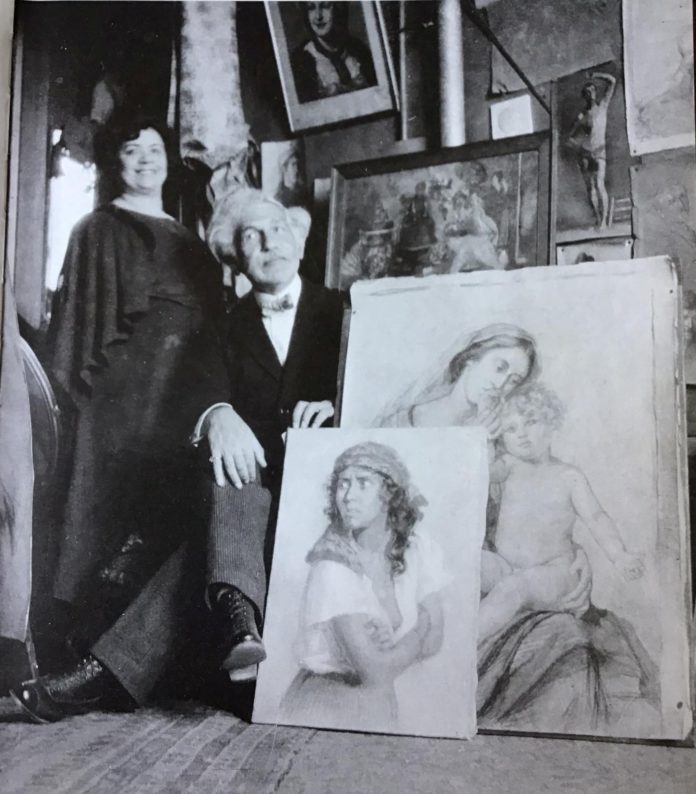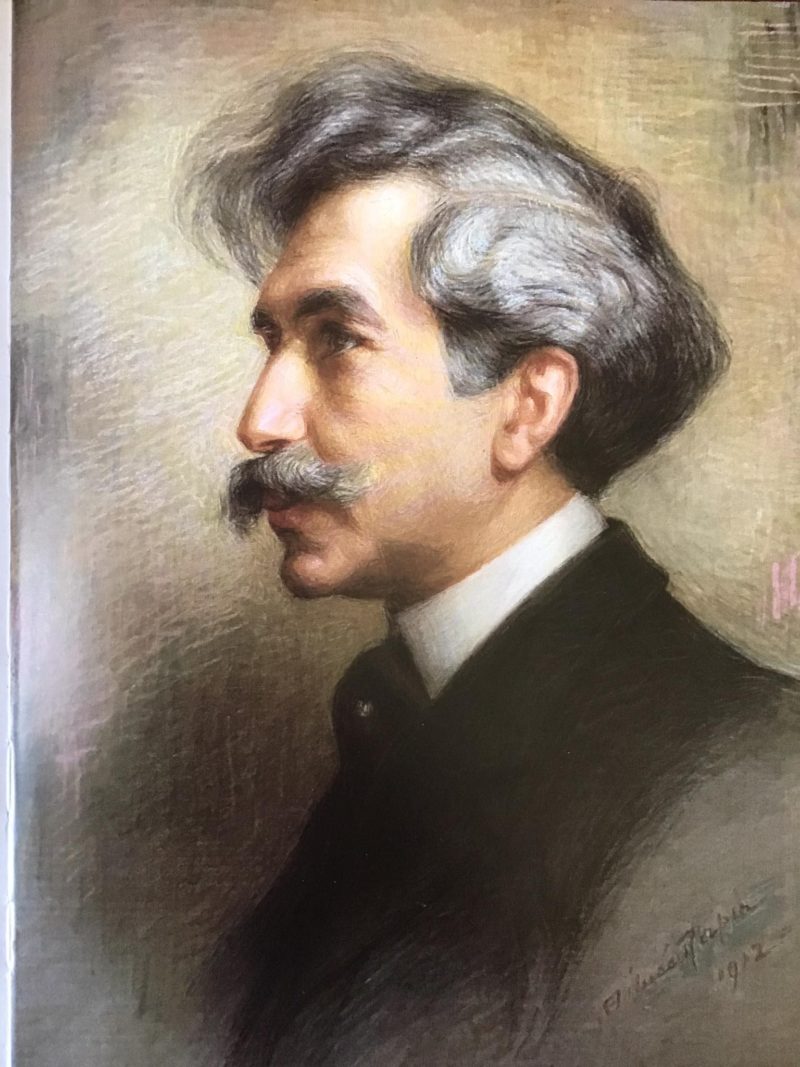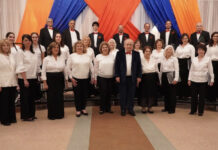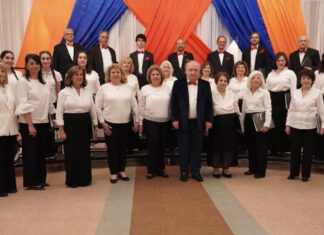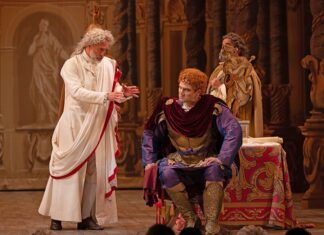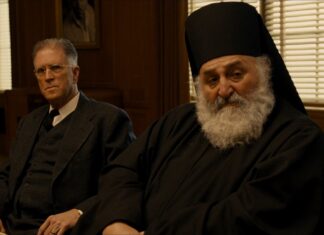The name of the Swiss artist Aimée Rapin is unfamiliar to the general public. Yet her name deserves to be known for a number of reasons: first of all, as an artist in general and secondly, and this is the most unusual and stupendous fact about her, as an artist, be they male or female, who drew with her toes as she did not have arms.
Her works included portraits of children and adults in, nude beauties and exquisite features that disclose the inner worlds of those captured on the canvas, as well as landscapes and still-lifes, especially flowers, eye-catching colorful images and masterly performed graphic works. It is hard to perceive that those highly artistic pieces and brilliant oil pastels were created not by hand.
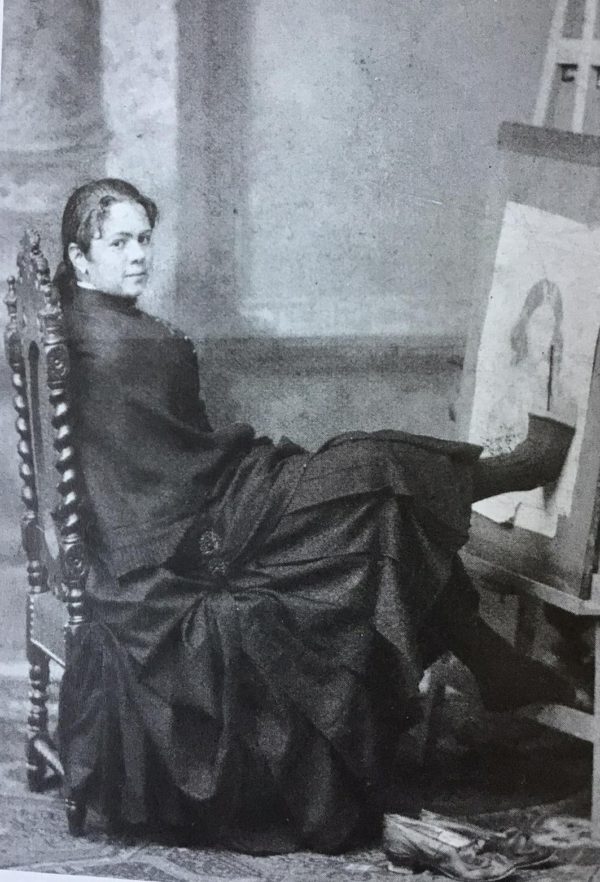
Aimée Rapin was born on February 14, 1868 in Payerne, Switzerland, one of 12 children. Only she had a physical handicap. Aimée’s father, Jules Rapin was an employment agent, as well as an amateur artist and musician. In 1872 the family moved to Lausanne where 6-year-old Aimée started taking painting classes with local university professor, M. Meyenbourg. The next year the family moved back to Payerne. Aimée was 18 when her father passed away in 1880. Her mother, Adelie Rapin-Quidort, who had happily married at 18 and became a widow at 38, had to bear the entire burden of supporting the large family on her own. She had to keep the house and bring up her children, one of whom needed special attention.
Aimée was far from conventional, however, and she demonstrated a strong will power from early childhood and was a very easy-going youngster. She resigned herself to her physical state with a great deal of good-humor. Gradually, she learnt to do with her toes everything others do with their hands, from from picking flowers to eating. She used to say that the only thing bothering her was the necessity to always wear a pelerine.
At 14 Aimée was sent to study at a boarding school in Lausanne. She continued with her drawing classes with her teacher, Meyerbourg. In 1884, Aimée Rapin moved to Geneva to live with her godmother Mrs. Kapt and to study at the Art School. Mrs. Kapt was a well-educated woman, a widow without children, so she accompanied her beloved Aimée in all of her tours around the world. The young girl was never to be stopped by any difficulties: she would travel with or without her godmother to Italy, Spain, Holland, even to Morocco and Tunisia.
At the Art School her teachers were Henri Héber (drawing), Huges Bovy (sculpture), and Elisée Mayor (ceramics). The greatest impression though was made on the young artist by eminent Swiss painter and draughtsman Barthélemy Menn, a friend of Eugene Delacroix, Jean-Baptiste-Camille Corot and Georges Sand.
